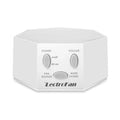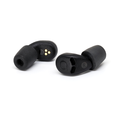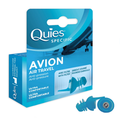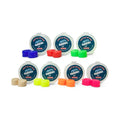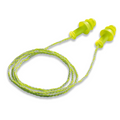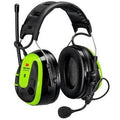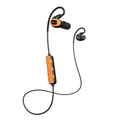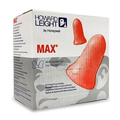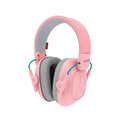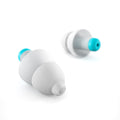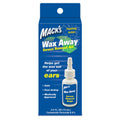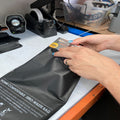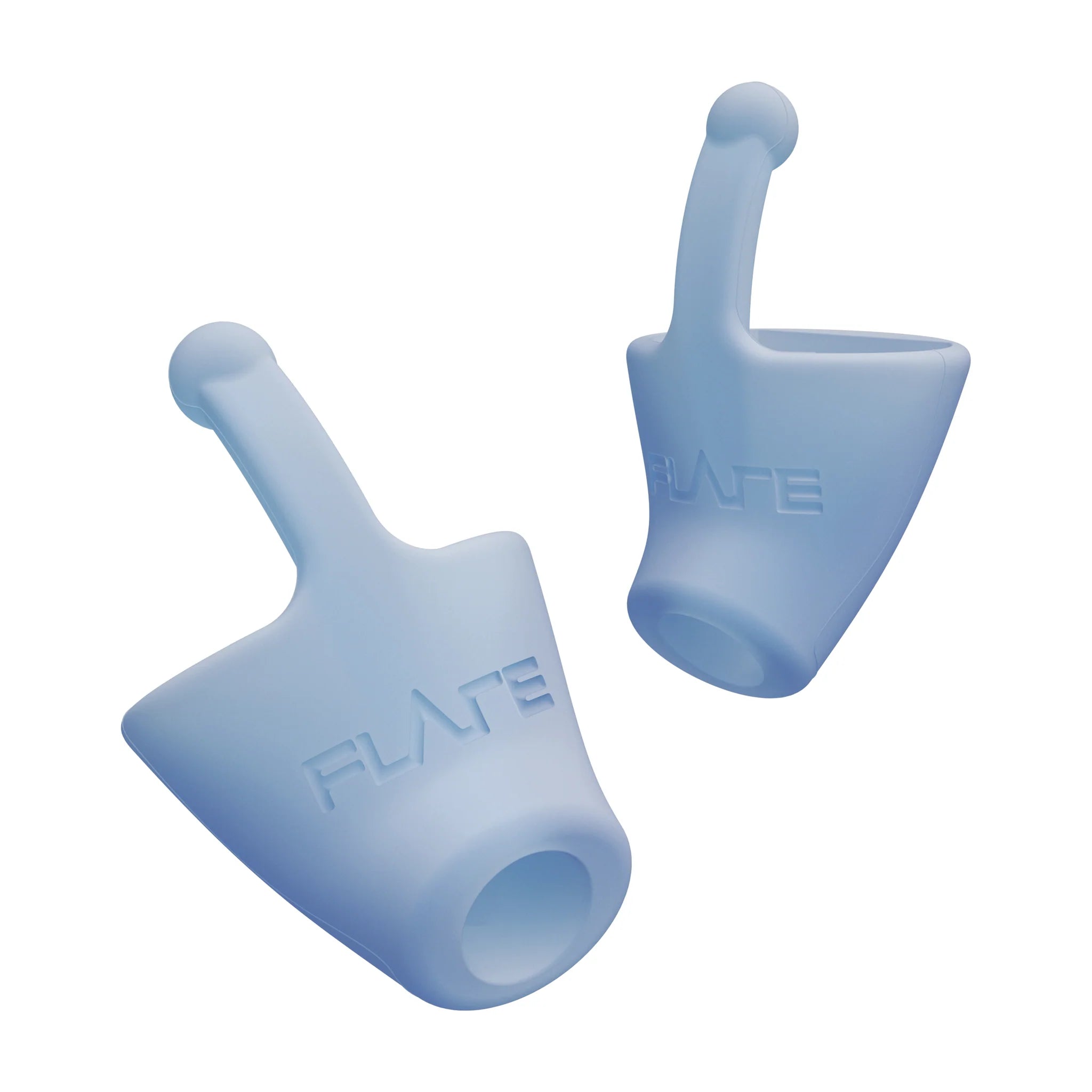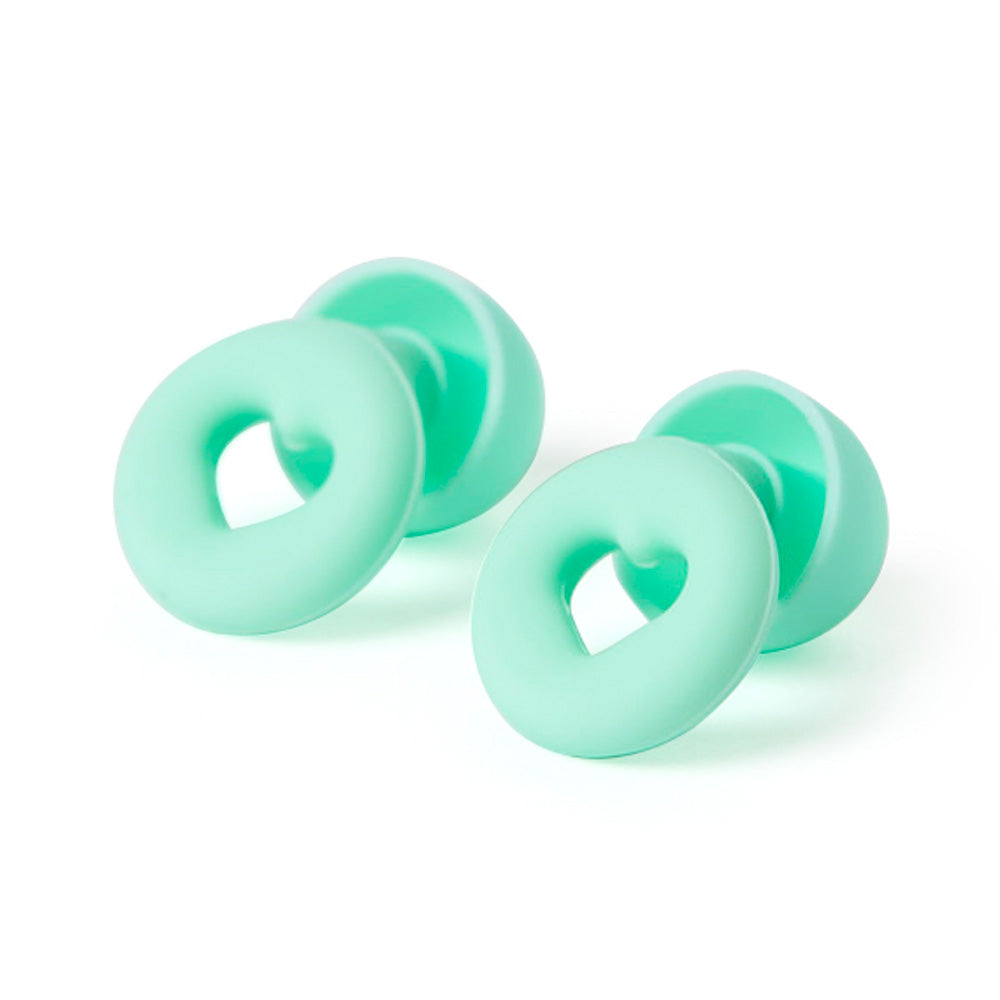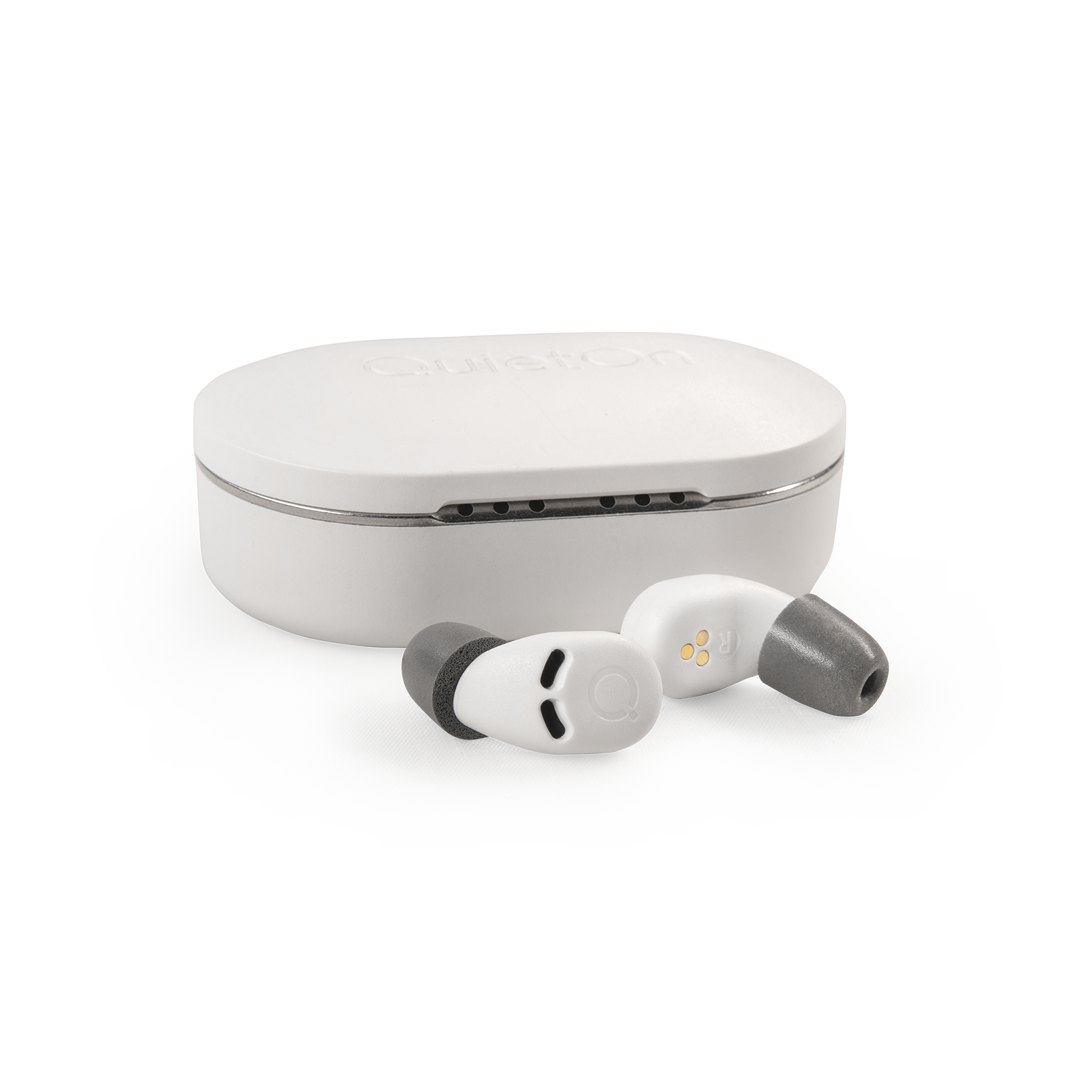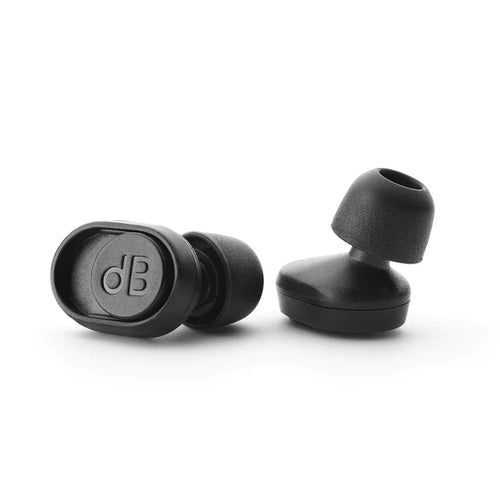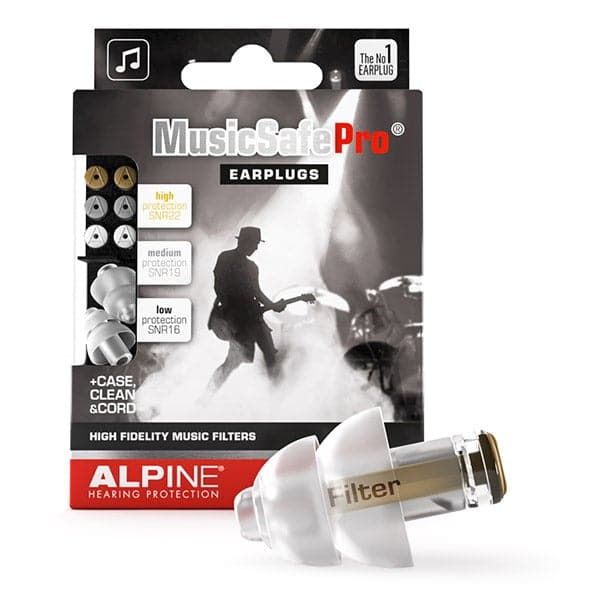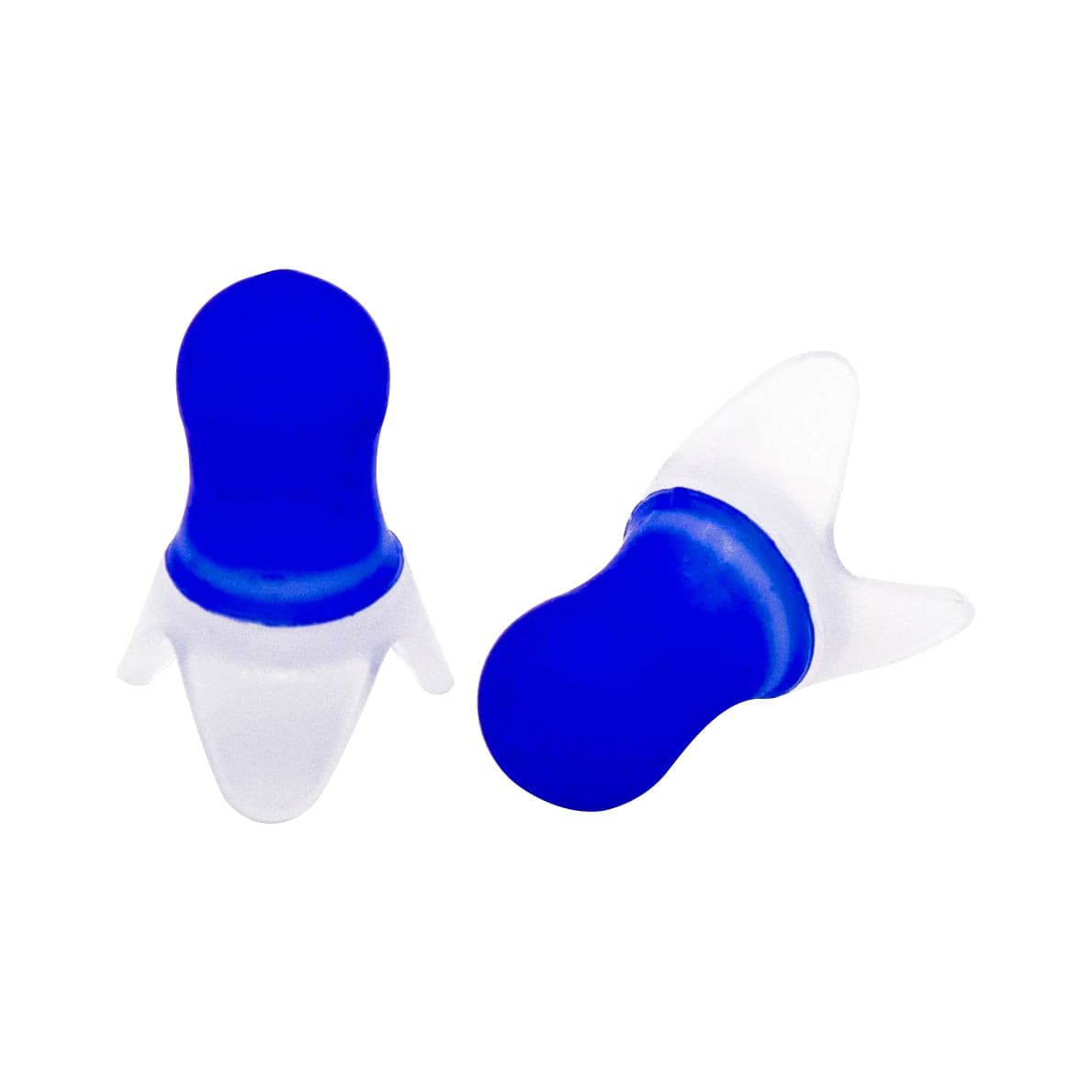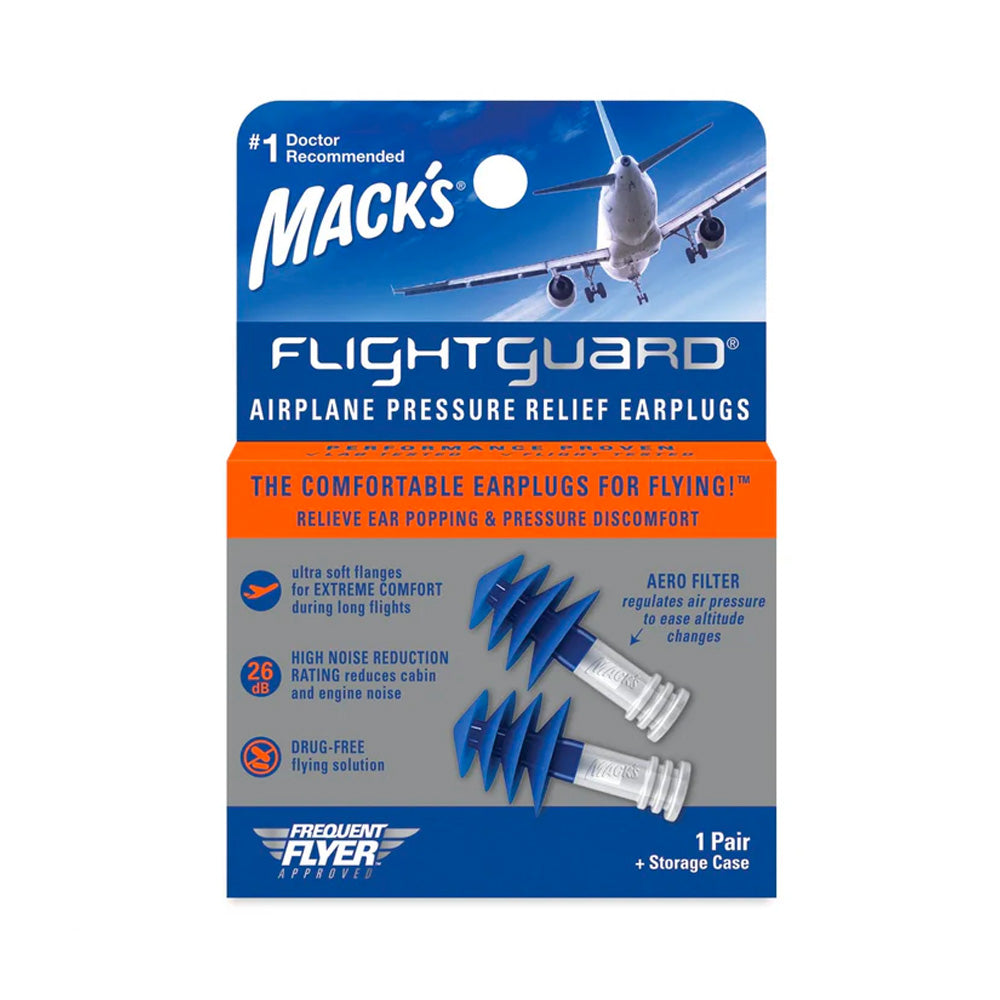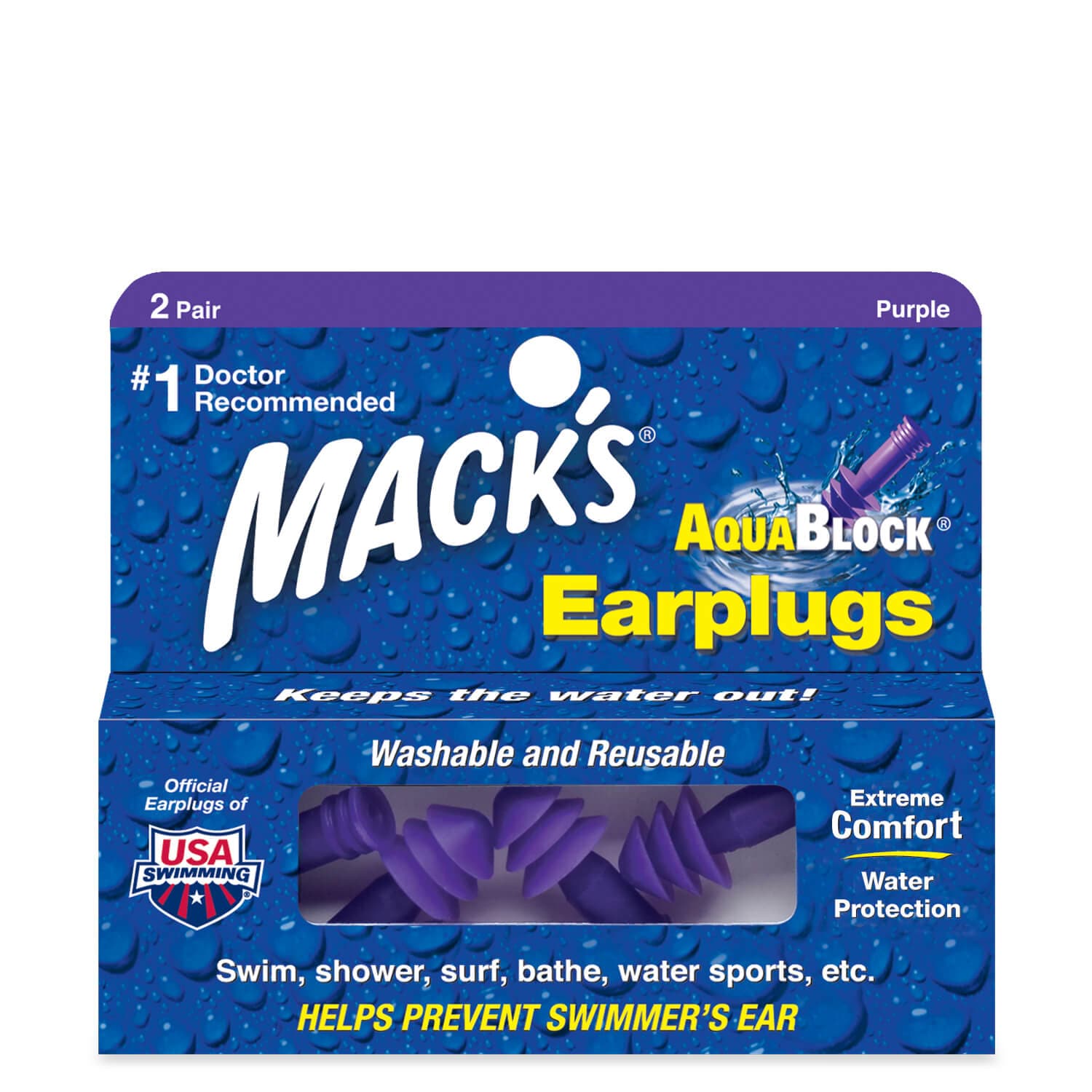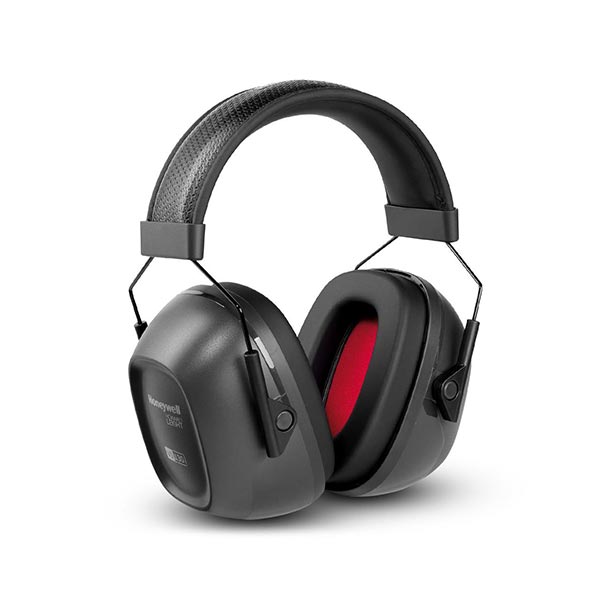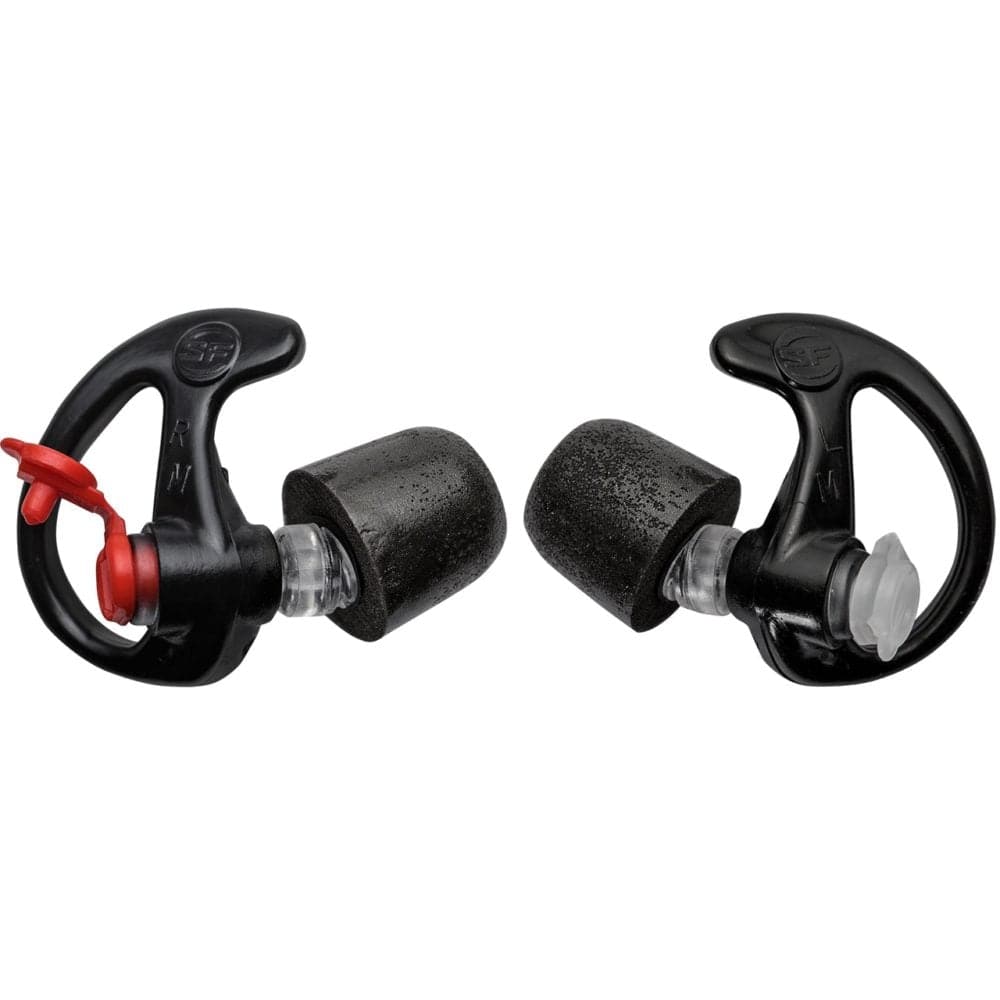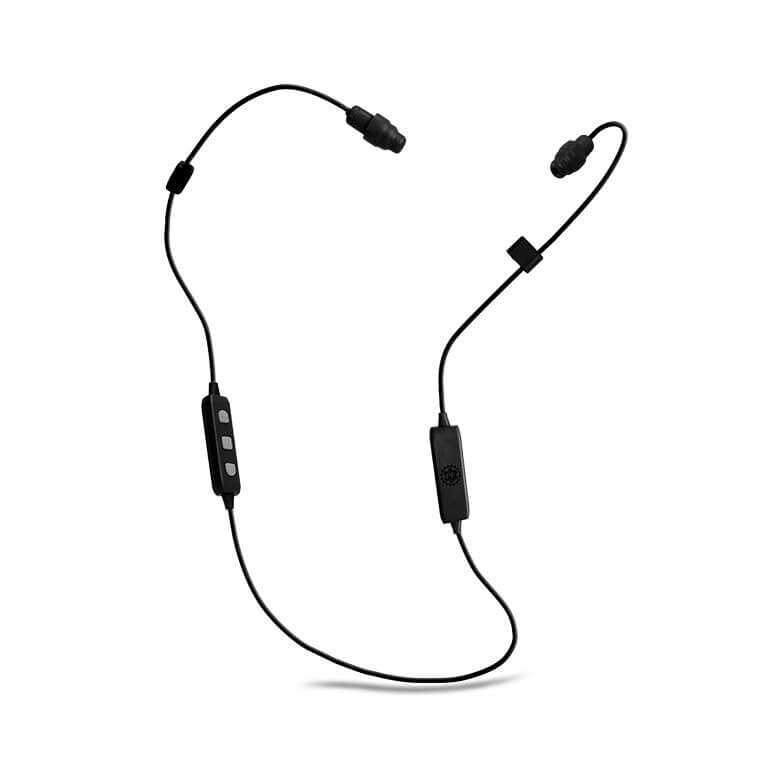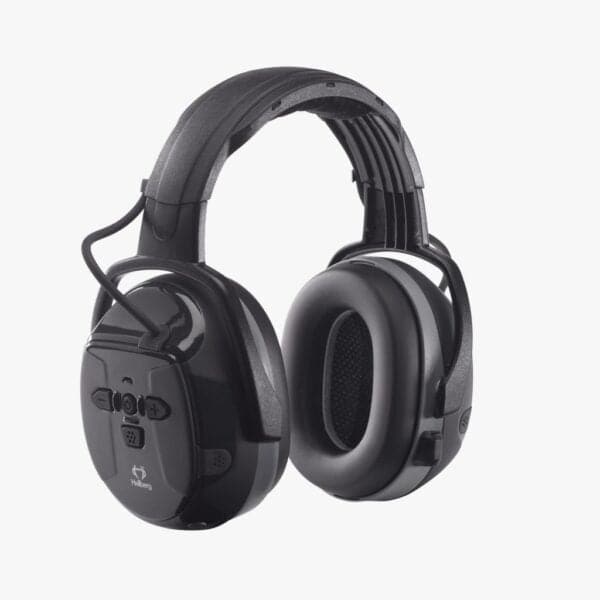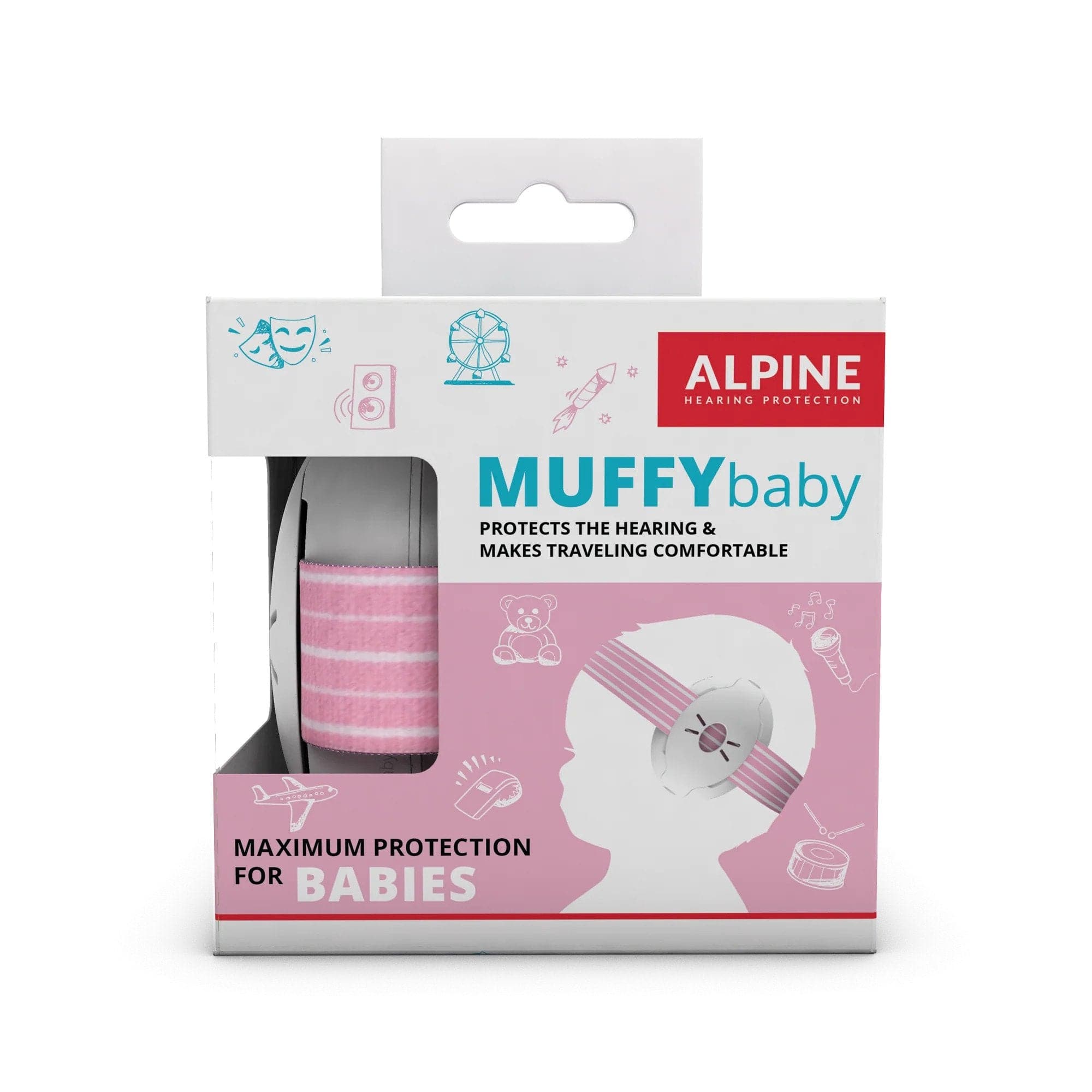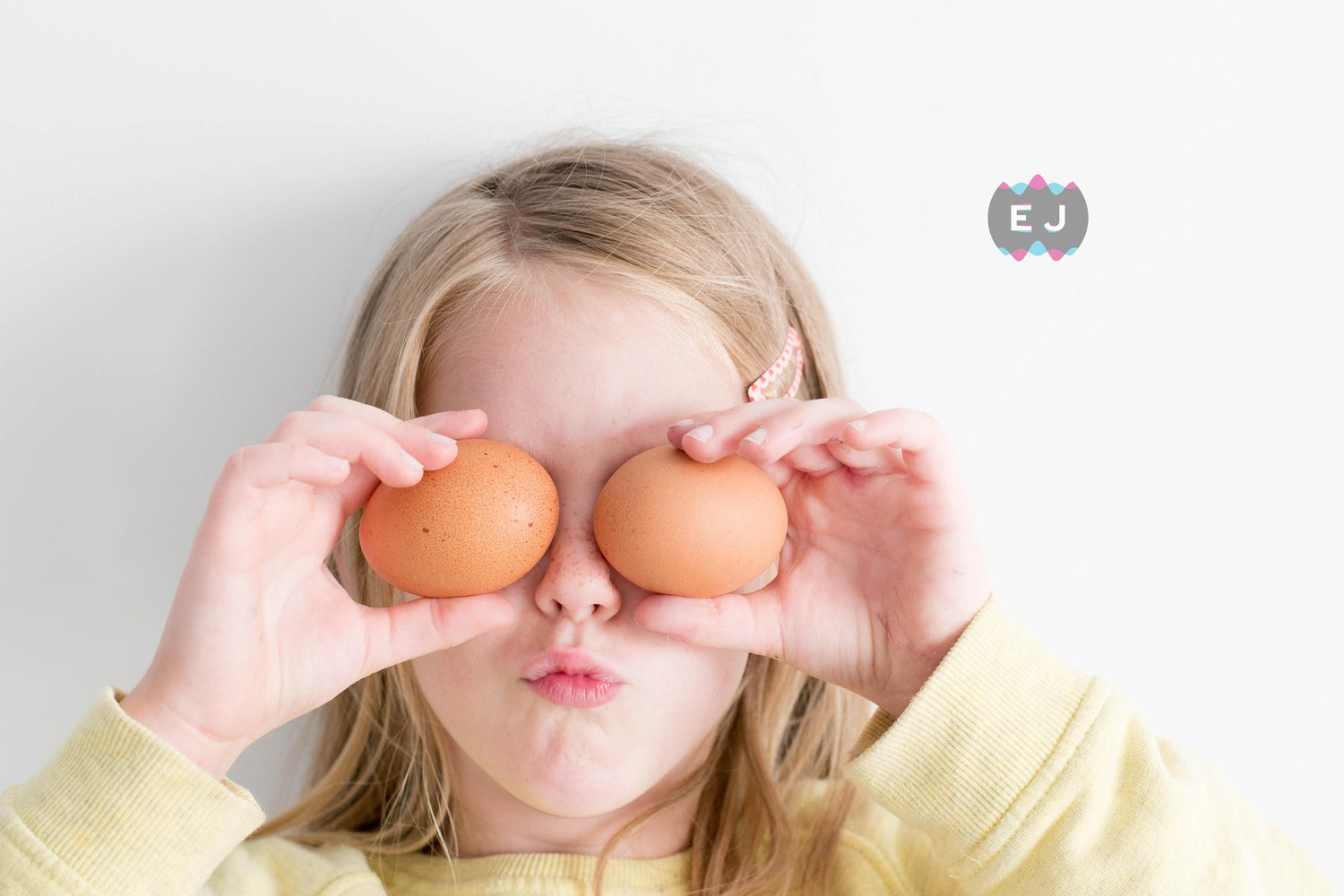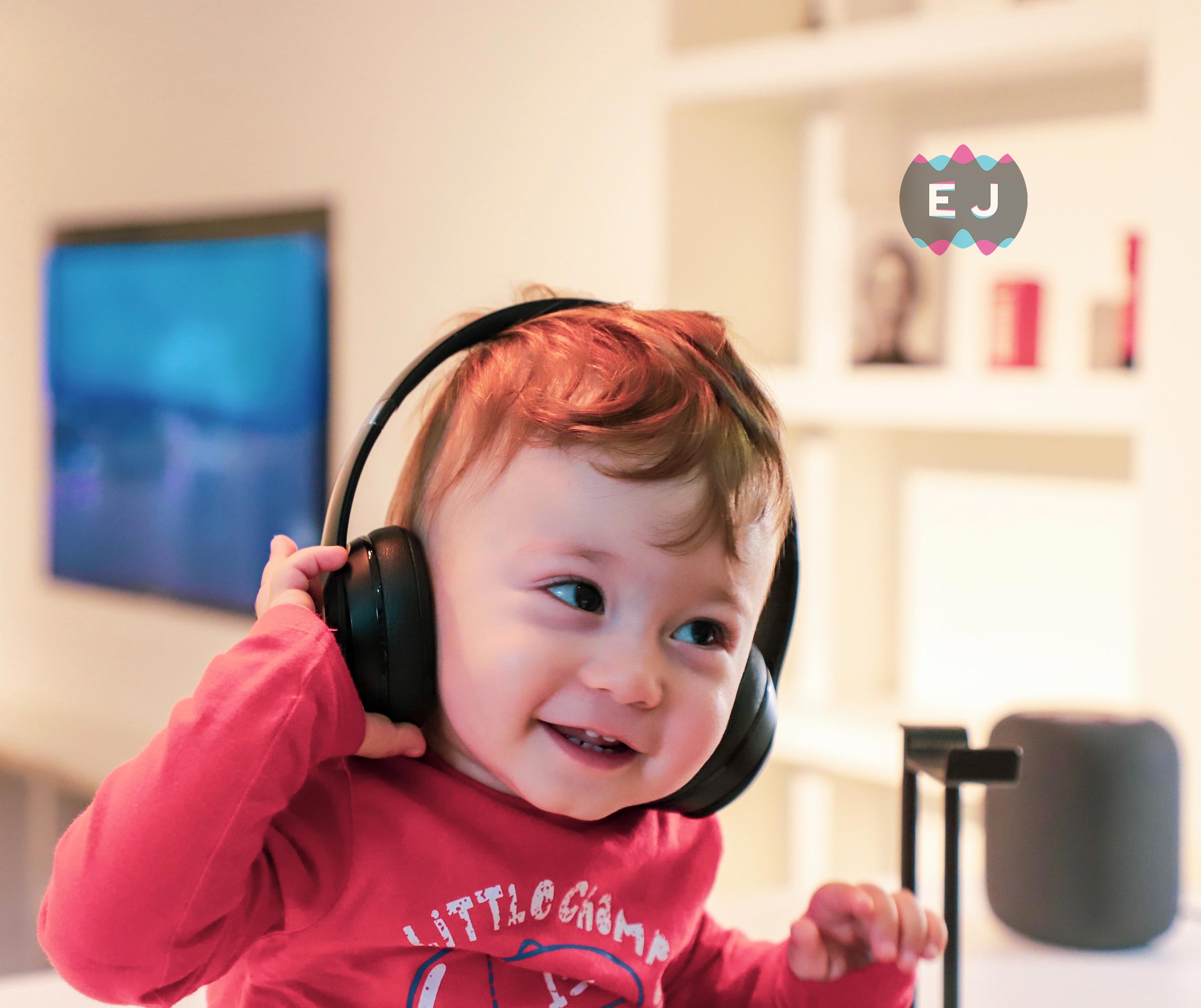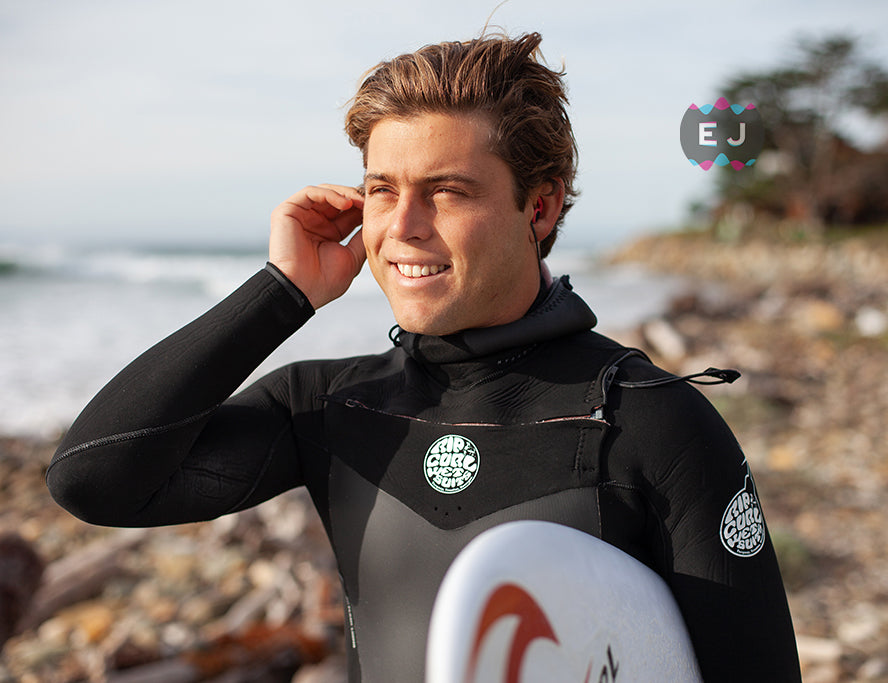Communicate Openly, but Don’t Make a Catastrophe!
UNICEF offers a set of eight tips designed to assist parents in communicating with their children about Coronavirus. To cover the fundamentals, begin by asking open questions to gauge what your child knows. For example, you might ask them what their friends or teachers have been saying about the virus. Let them talk for as long as they want, trying to gauge how much information they’ve been getting from their teachers or the news, versus less reputable sources such as other children or the internet. Once you have a handle:
Emphasise strategies for taking care of themselves. Little things like avoiding touching their face, washing hands whenever they’ve spent time outside the home, sneezing into their elbow and maintaining distance are all little skills that can be turned into games or made fun. The Wiggles even have a song about washing your hands!
Offer them reasonable levels of reassurance. You don’t have to lie and say it’s impossible you’ll get it and nobody you know will ever get sick, but you should talk to them openly about the decreased level of transmission in Australia, as well as how effective masks, distancing, and medical treatment is at protecting Australian lives.
As you’re talking, try and monitor your child’s level of anxiety, and let their ordinary disposition inform your strategy. For parents of anxious or fixative children, you may have to be more careful in terms of how you communicate the reality of COVID-19, but remember this will ultimately save them a more anxious experience in hearing conspiracy theories from their friends in the playground.
Don’t Rely Too Much on Technology
Particularly during school holidays, parents are less able to rely on parks, cinemas, and the ordinary amusements that keep kids active and engaged. It would be easy to plonk them in front of the TV or give them free reign on the iPad, but remember there is a cost to this. Firstly, there’s a substantial amount of COVID-content on all entertainment streams, and excessive exposure to this risks undermining all the good work you did in communicating with your child. Secondly, it can result in general overstimulation and aggravate their feelings of being overhyped or stir crazy, particularly with longer than normal time spent inside the home. Finally, with so many students learning at home via Zoom, more screentime can actually harm the quality of those lessons -- the child has already spent their screen attention on YouTube or games.
This is of course exacerbated by the high density nature of contemporary urban living. The majority of Australians do not have a pool or backyard in which to let off steam. Often, they’re also balancing their parenting responsibilities with the need to work from home. Where possible, try and organise your way out of this challenge.
- A roster with fellow parents from your children’s friendship groups can be key. Particularly among parents who work from home, where chance of transmission is lower, playdates can be organised to share the burden and allow you the chance to actually work and handle life admin.
- Outdoor sport is allowed in the majority of Australian states: a trip to the local park to kick a footy or have a run with the dog is a great way to let off some steam without risking a breach of social distance.
As with everything in this list, safety is key. If your child is running a temperature or showing any symptoms, they should be kept at home and tested. A mask should be mandatory particularly on dense public transport or if they’re going somewhere with high traffic.
Don’t Let Hobbies Become Harmful
While you’re looking after your child’s immune system, don’t ignore their hearing health! During COVID, more children are listening to music, playing in the pool, or practising instruments -- all these activities are signs of healthy adaptation to circumstance, but they have to be performed safely. While the threshold for safe listening to avoid hearing damage sits around 85 decibels for adults, for children it’s substantially lower. Their ears are more sensitive, and early damage compounds over time. Keep an eye on the volume for your child’s music and the television, a healthy rule of thumb is to keep it at about 50% volume. Alternatively, if your child uses an iPhone, the Health app can track volume exposure. Similar apps exist on Android, on tablets, or on desktops. Putting a limit on the volume can be an effective way of protecting their hearing.
For a reusable multi-use hearing protection solution, consider the Alpine Pluggies Kids. It’s appropriate for use in the pool, while also blocking out up to 30 decibels of sound, great for playing instruments or keeping your ears protected while dad mows the lawn. It has a set of acoustic filters which can enable your child to still hear conversations while wearing them. There’s no silicone either, the Alpine ThermoShape Material is hypoallergenic.
Responding to Sleep Distress
An obvious indication that your child is more anxious or unsettled is disrupted sleep. This can be manifested in trouble getting to sleep, waking up in the middle of the night, or nightmares. Worse, their ability to fall asleep can be further undermined by disruptions from neighbours as more people keep their socialising indoors.
To create a calming and restful atmosphere appropriate for sleep, consider a white noise machine. The Marpac Rohm comes with two separate white noises, and a soothing surf sound, which can help cover the sound of loud neighbours while also creating a safe and comfortable sleep environment. It also helps in developing your child’s sleep routine. In the lead-up to bed, get rid of the TV or iPad and turn on the surf noise, they’ll come to associate the sound cue with sleepiness, aiding them in falling (and maintaining) sleep. If you have younger children and babies, the Marpac Hushh has a variety of optimisations, including a child lock to keep the volume settings controlled.

Conclusion
COVID-19 is a substantial challenge, requiring some candid conversations and careful adaptations to ensure your child remains healthy, happy, and aware. By following these tips, you’ll manage the anxiety associated with such uncertainty, while also hopefully providing some peace and quiet for the parents too!



